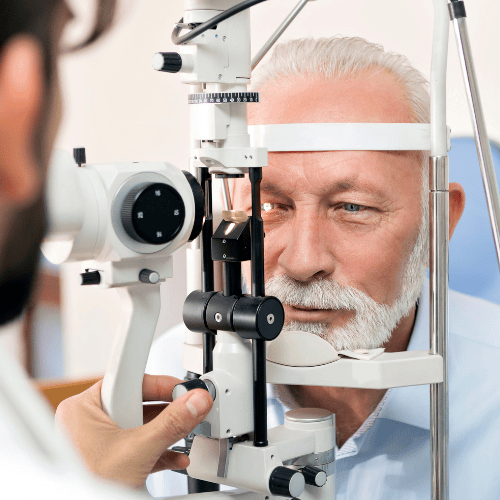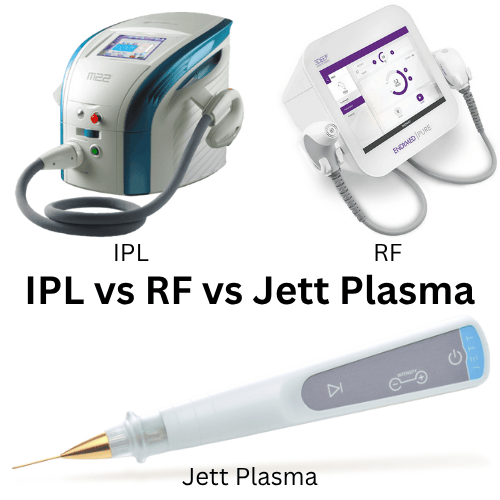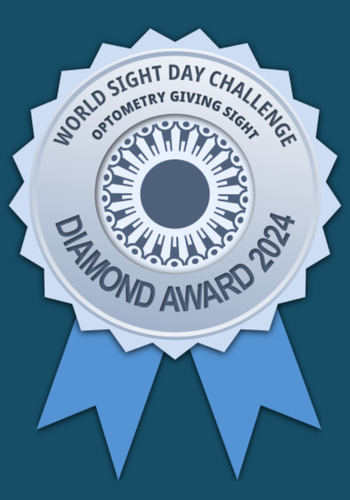Do I need to wear glasses when driving in Alberta

Updated on February 16, 2023
This is one of the most common questions asked of our optometrists. While the vision standards vary across provinces and license categories, this article will discuss standards relevant to the Class 5 driver’s license in Alberta (the most common license class).
In Alberta, a vision test for drivers license is required by law, and drivers must have a minimum standard of vision for safe driving. If you suffer with vision problems that are not corrected, you may not meet the required standard for the Class 5 driver’s license.
What is the minimum vision required for driving in Alberta?
You need at least 20/50 vision, tested with both eyes, to be able to drive in Alberta. This is four lines worse than 20/20 (considered normal, or “perfect” vision) on an eye exam chart. If you can see 20/50 without your glasses, you will not need a special condition put on your license requiring you to wear corrective lenses such as glasses or contacts.
If you do not meet the above standards, you may be required to have a medical examination by a qualified medical practitioner, and your drivers license may be restricted to certain conditions or may be suspended or revoked.
What kinds of prescriptions mean it’s ok to drive without glasses?
If you have a low amount of nearsightedness, farsightedness, or astigmatism (usually less than 1.00 as seen in any of your eyeglass prescription fields) you may be able to drive without glasses.
How do you know if you need glasses for driving?
Vision without glasses can vary greatly from one person to the next. Therefore, looking at your eyeglass prescription alone is not enough to determine whether you can drive without glasses. Some of the signs that indicate you might need glasses for driving are:
- Blurred vision: If you have difficulty reading road signs or recognizing other cars from a distance, or if your vision is blurry or fuzzy, you may need glasses.
- Frequent headaches or eye strain: If you experience headaches or
eye strain while driving, this could be a sign that you're straining your eyes to see clearly and may need glasses.
- Difficulty seeing at night: If you have trouble seeing when driving at night, or if oncoming headlights seem excessively bright or produce glare, this may be an indication that you need glasses
Eye fatigue or dry eye: If your eyes feel fatigued or you experience dry eyes after driving, it may be due to excessive squinting or blinking, which can be a sign that you need glasses.
If you experience any of the above symptoms we recommend you get tested at an optometrist’s office.
What type of glasses should be worn while driving?
Wear your prescription glasses or sunglasses while driving. Specialized glasses like office lenses or reading glasses should not be worn for this task.
Is 20/50 vision good enough for driving?
20/50 vision is considered adequate for an unrestricted driver’s license in Alberta. However, 20/50 vision is not very good vision. A driver may be legally blind in one eye, and as long as he is able to see 20/50 with his good eye, he is thought to have good enough vision to drive.
Our optometrists at Calgary and Cochrane locations will counsel such patients to avoid driving in unfamiliar areas, after dark or in poor weather.
If I can get 20/50 vision without glasses, do I still need them for driving?
Driving is a very demanding visual task. Having less than 20/20 vision puts you at risk in a few ways. It means that your reaction time may be slower. The effort you put forward to see objects like road signs may distract you from other visual hazards. The split second longer it takes you to see that object in the road may be the difference between a collision or safe avoidance of an accident.
So if your vision can be improved to better than 20/50 at a distance, even just a little, our doctors recommend wearing your glasses while driving. This is especially true for new and inexperienced drivers. Increase your chances of arriving safely to your destination by optimizing your vision to the best possible level.
Schedule an annual eye exam to make sure your prescription is up to date
Are your prescriptions outdated? If you're wearing glasses with an outdated prescription, your vision may not be as clear as it should be, which can make it difficult to see while driving.
If you're unsure whether your glasses are suitable for driving, or if you're experiencing any issues with your vision while driving, it's a good idea to consult with an eye doctor to ensure that your glasses or other corrective lenses are appropriate for safe driving
Book an eye exam to ensure your prescription is up to date and your eyes are healthy.
– Dr. Wilk











